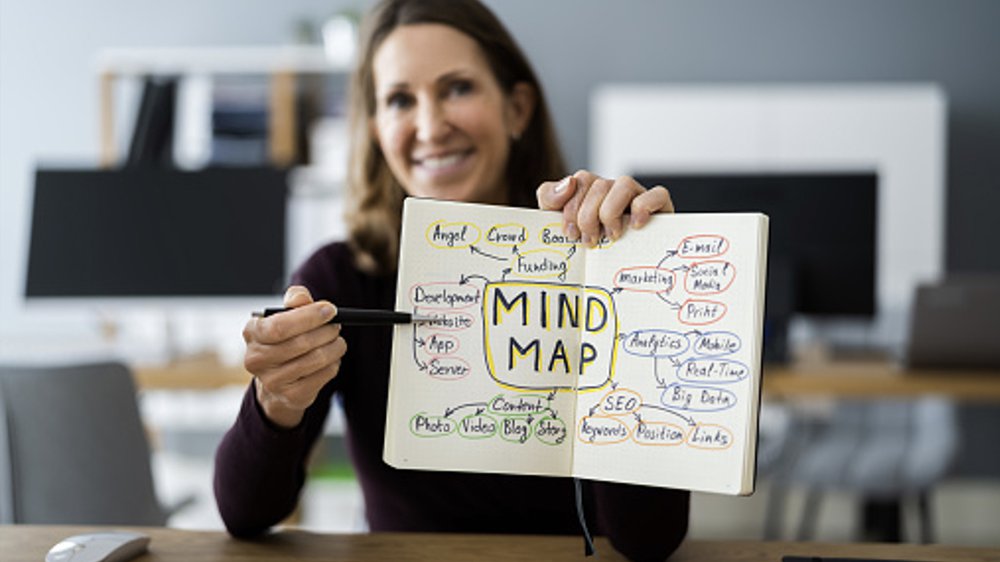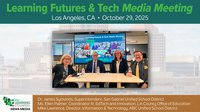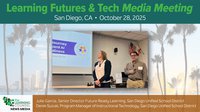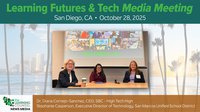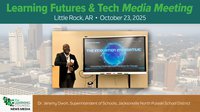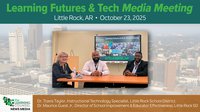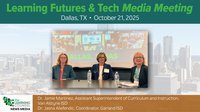My department chair asked if I had ever heard of “mind maps.” Curious, I looked up some examples. The more I looked, the more it showed that this is a remarkable way to connect and unify information. As a history teacher, this further struck me as a way to bring my craft into the 21st century (where even history deserves a place).
Invented in the Near East 2,000 years ago, mind maps were popularized by Leonardo da Vinci as a way to unify knowledge. They work by emulating the thought processes of the human mind.
The brain fires off in all directions to build associations. When information connects with other information, it creates meaning. It makes for the difference between the color red and the red of burgundy, bankruptcy, or Bolshevism. That’s not what happens with “spaghetti code” linear thinking. When we read or listen to someone talk, we take in information in a linear way, from the beginning to the end, slurping it up like a strand of spaghetti. As the information unfolds from Point A to Point B, it bypasses many of the associations waiting on the periphery like stood-up dates which could be linked and create meaning. Without meaning, spaghetti code is empty calories.
Information is not meant to be linear. That’s not how it happens in the human mind. In the synapses of the brain, information instantly radiates everywhere through connections to other information. The thought process transpires naturally by association. By associating information with other information, it becomes charged with meaning. The underlying flaw of linear thinking is that it ignores most of these connections. It reduces knowledge from omnidirectional to the linear and two-dimensional.
Because of their non-linear design, mind maps go where linear thinking cannot. By drawing connections throughout history, mind maps create an understanding of causality. Knowing how people responded to events elsewhere in history shows how they will respond now (human nature never changes). Inter-relating the events of history yields meaning. Meaning yields insight and solutions.
Mind maps show how information fits together to create meaning in a multimedia presentation of pictures, videos, and websites. Images make it easy to retain information because they tell a story. And good story-telling is important in teaching history.
More than ever, learners are visual learners. The present generation is not wired to read long passages of text. They are given to tripping on the Internet, and like bees, they extract the nectar of whichever multimedia resources capture their attention along the way. Gen-iPhone have become poster boys for visual learning, fire-hosing themselves with multimedia on their phones.
Several years ago, The Economist wrote that we are contending with five times the volume of information that we did in 1983. It’s worse now. This inundation of data has forced a rewiring of our brains to adapt, so we’ve streamlined our intake by prioritizing images and video over tedious text. Images are a more efficient delivery system than text (each picture being worth the customary thousand words). One study showed that people learn several times as much from 15 minutes spent watching a video about something as they do spending the same 15 minutes reading about it.
Images are more important to learning than many of us realize. Try to think of something without there being a mental image attached to it. You can’t do it. You need a mental image for a thought to be generated and recallable. No images, no learning.
Visual learning is the polar opposite of online text-based learning. The latter is a top-down approach in which the course lays a huge amount of reading on the student in the hope that all this grunt-work will spark an interest in the subject. (Perhaps by generating images!) Visual learning is a bottom-up approach in which the student starts with the rewards. There is no better way to arouse curiosity than with an image. Its effect is immediate. A good image sparks curiosity and fuels an appetite to learn more. The search engines used by mind maps to display an image link to the website that the image comes from. The viewer can then go to that website to learn all about the image, and to uncover yet more objects of curiosity. From there, the learning grows organically, sustained by the momentum of curiosity as learners makes their way through the mind map. Students do their “work” with incredible enthusiasm.
In the 21st century, we need a method that works for visual learners. We learn best what we enjoy the most. Learners need to be enticed, not coerced, into exploring new interests. As Socrates said, "Education is the kindling of a flame, not the filling of a vessel.”
About the author
Terrence Monroe teaches history for Chaminade University of Honolulu. He has a collection of mind maps of history at www.WisdomMaps.info that he thinks you’d like.

